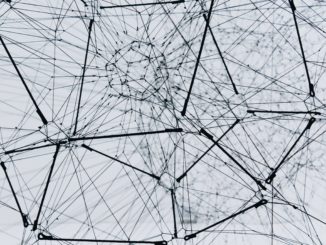
All pages and blog posts

Blog

AI Timelines

AI Timelines

AI Timelines

AI Timelines

AI Timelines

Blog

AI Timelines

AI Timelines

AI Timelines